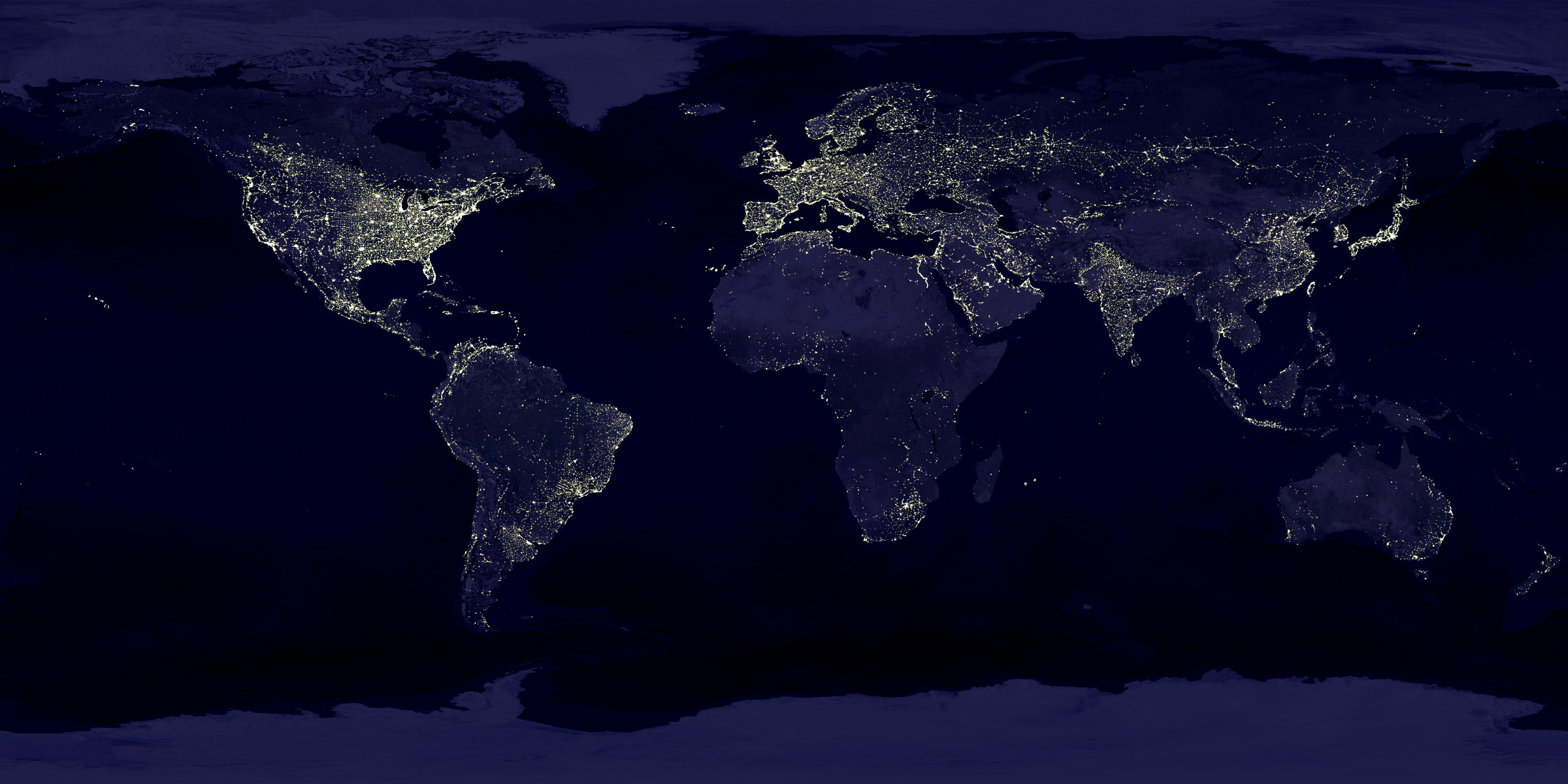Redistribution and innovation drive Canada’s changing economy
EVEN BEFORE Donald Trump and before Brexit, Justin Trudeau was aware that voter disenchantment and populism were on the rise. He saw one of the important answers to this as economic, and his remedy has been to give the middle class a pay rise. “Western democracies around the world had a struggling middle class…that felt that it wasn’t part of the growth that was going on around them,” he told The Economist. “And we said, ‘Well, how do we put people back at [the heart of] the success of our economy instead of hoping that trickle-down will work for them?’ ”
Middle-class alienation north of the 49th parallel seems surprising. The global recession that began in 2007, kindling populist fires elsewhere, was shorter and less severe in Canada than in other rich countries. Taxpayers did not bail out fat-cat bankers, health care is universal, the quality of public education is high and it does not vary wildly by postcode. The intergenerational rate of social mobility for people born in the 1960s in Canada is double that of America, says Miles Corak, an economist at the City University of New York. Income inequality, as measured by the Gini coefficient, has been stable since 1995, and median household income has risen sharply over the past 25 years.
On closer inspection, however, the numbers are more...























